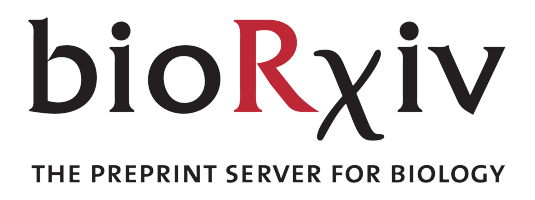An aggregation inhibitor specific to oligomeric intermediates of Aβ42 derived from phage display libraries of stable, small proteins
Key Takeaways
The authors identified and characterised peptide inhibitors of amyloid aggregation. The interactions between the inhibitors and amyloid fibrils are confirmed using several complementary methods, including Förster Resonance Energy Transfer (FRET). By labelling the interaction partners with FRET-compatible Alexa dyes and following their fluorescence intensities they could monitor the interactions throughout the entire reaction.
Abstract
The self-assembly of amyloid β peptide (Aβ) to fibrillar and oligomeric aggregates is linked to Alzheimer’s disease. Aβ binders may serve as inhibitors of aggregation to prevent the generation of neurotoxic species and for the detection of Aβ species. A particular challenge involves finding binders to on-pathway oligomers given their transient nature. Here we construct two phage–display libraries built on the highly inert and stable protein scaffold S100G, one containing a six-residue variable surface patch and one harboring a seven-residue variable loop insertion. Monomers and fibrils of Aβ40 and Aβ42 were separately coupled to silica nanoparticles, using a coupling strategy leading to the presence of oligomers on the monomer beads, and they were used in three rounds of affinity selection. Next-generation sequencing revealed sequence clusters and candidate binding proteins (SXkmers). Two SXkmers were expressed as soluble proteins and tested in terms of aggregation inhibition via thioflavin T fluorescence. We identified an SXkmer with loop–insertion YLTIRLM as an inhibitor of the secondary nucleation of Aβ42 and binding analyses using surface plasmon resonance technology, Förster resonance energy transfer, and microfluidics diffusional sizing imply an interaction with intermediate oligomeric species. A linear peptide with the YLTIRLM sequence was found inhibitory but at a lower potency than the more constrained SXkmer loop. We identified an SXkmer with side-patch VI-WI-DD as an inhibitor of Aβ40 aggregation. Remarkably, our data imply that SXkmer-YLTIRLM blocks secondary nucleation through an interaction with oligomeric intermediates in solution or at the fibril surface, which is a unique inhibitory mechanism for a library-derived inhibitor.
Other Publications Featuring Labbot

Phase separation of protein kinase A regulatory subunits is driven by similar inter- and intra-molecular interactions involving the inhibitory segment
In the cell, proteins can phase separate to form local, transient compartments that regulate key functions. But what are the driving forces behind this, and how does it relate to other types of protein interactions? To address this, the Magnus Kjærgaard research group in Aarhus developed a framework to quantify the distinct energetic forces governing these interactions.

Effects of solution conditions on the self-assembly of the chaperone protein DNAJB6b
Our cells are kept clean by a host of protein chaperones that prevent the buildup of misfolded proteins linked to dementia and other diseases. In this study, the Sara Linse group takes a close look at one such chaperone, DNAJB6b, exploring how it forms clusters of different sizes under various conditions. This clustering behaviour appears to be central to DNAJB6b’s remarkable ability to suppress protein aggregation.

Tunable self-association of partially dephosphorylated beta-casein
Adapting milk protein from cows for human infant nutrition requires an in-depth understanding of how the proteins differ. In this collaboration between the University of Copenhagen and Arla Foods Ingredients, the authors explored how calcium and phosphorylation state govern the self-association of industrially prepared β-casein.

